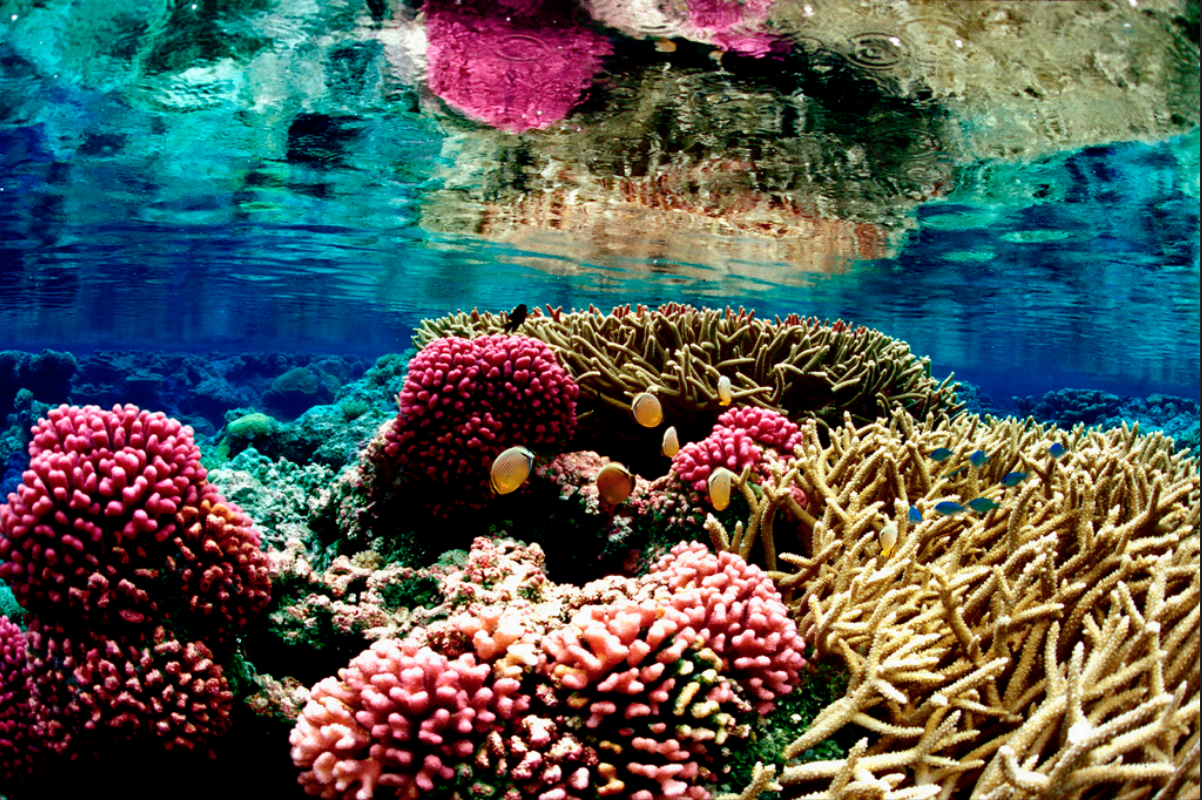Policy support tool
A linked land-sea modeling framework to inform ridge-to-reef management in high oceanic islands

This linked land-sea modeling framework helps assess the relative influence of terrestrial and marine drivers on coral reef communities. It links land cover/use to coral reefs through analyzing nutrient-enriched groundwater flux. Based on climate, groundwater recharge and recharge nutrient concentration data, groundwater flow and nutrient flux discharging at the coast are modeled. The model was developed for two ahupua’a, or traditional ridge-to-reef management systems, in Hawaii. The framework helps to understand the ecological resilience of coral reef benthic and fish communities in response to different disturbances, such as anthropogenic nutrient inputs and topographical variability, and can help identify priority areas for nutrient mitigation.
This framework helps managers to evaluate the spatial variation and influence of terrestrial and marine drivers on coral reefs, and reinforces the importance of spatially-explicit, place-based management of different habitats based on conditions and ecological relationships unique to each.